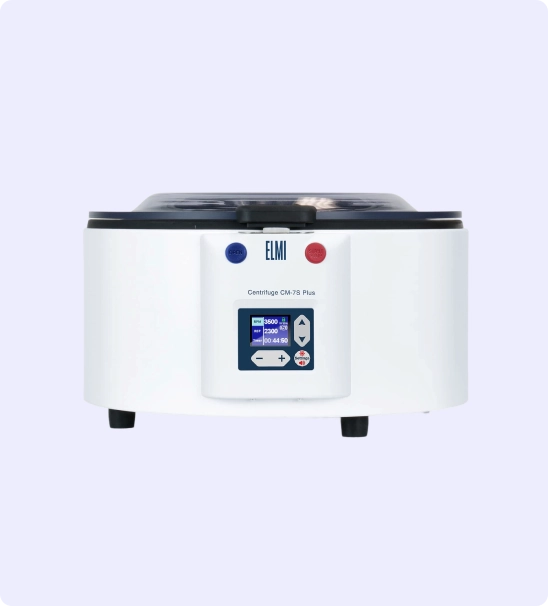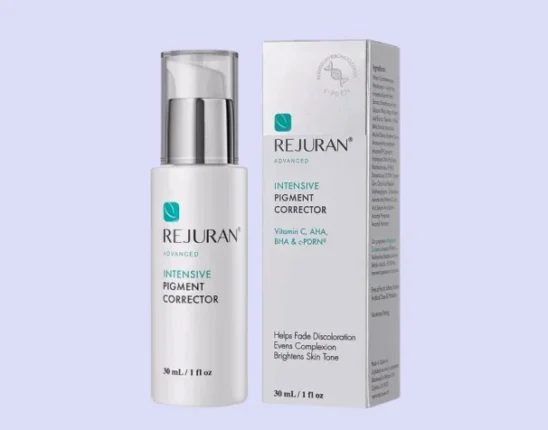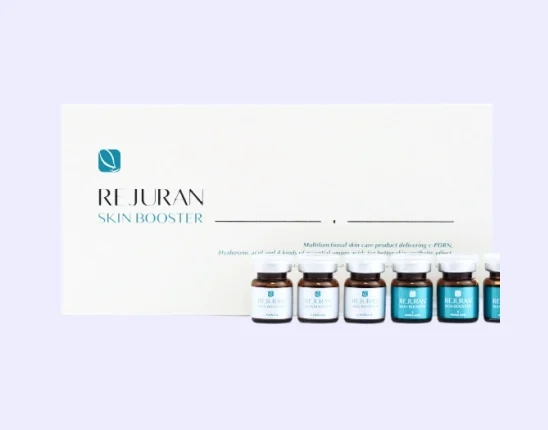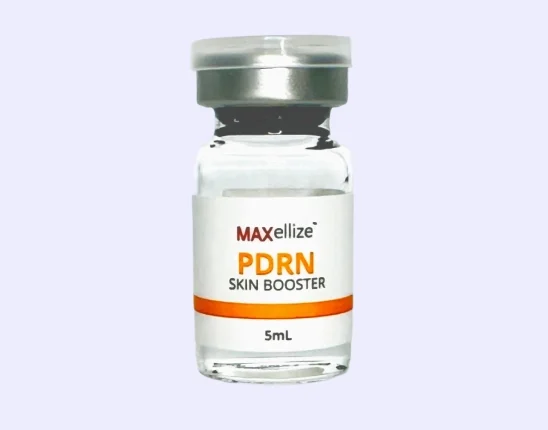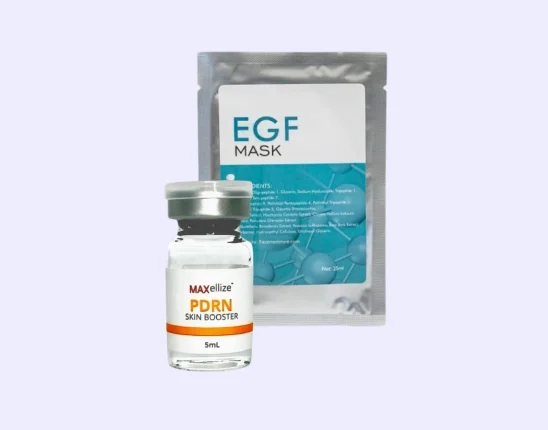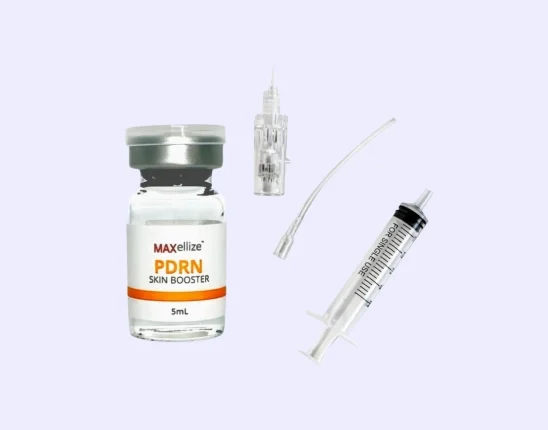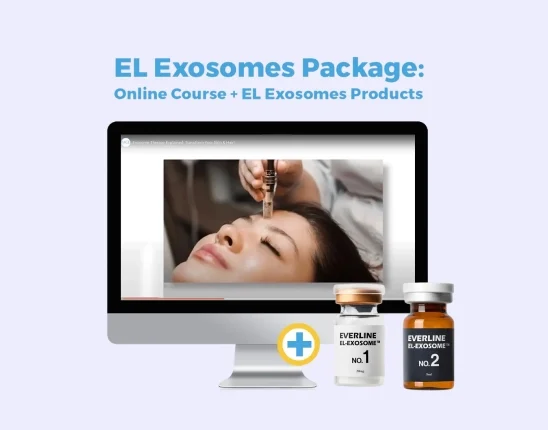Before undergoing any cosmetic treatment, it’s important to research the different side effects that you should expect. With platelet rich plasma therapy, the complications aren’t as serious as with a surgical procedure but it can still cause some discomfort for a few weeks.
So how common is facial swelling after receiving PRP injections? Swelling is a normal reaction to the injury in the tissues caused by the needles when PRP is injected into the skin. It’s a necessary part of the healing process which sends white blood cells, fluids, and other proteins to the injection site and helps repair the treated area. Most swelling should resolve within 5 to 7 days from treatment.
Why Swelling Happens After Platelet Rich Plasma Treatment
There are many types of cosmetic injectables but there’s a unique regenerative treatment that utilizes the body’s natural healing and reparative abilities to restore the skin’s youthful appearance. This injectable treatment is PRP therapy and it uses the healing properties of the platelets in the patient’s own blood.
Among the major cells found in the blood, platelets have an important role in clotting, wound healing, and tissue regeneration. It also contains a rich amount of growth factors that are beneficial in new cell growth, blood vessel formation, and collagen production.
During a PRP procedure, patients only need a few quick injections to their problem areas. However, the results of PRP aren’t immediate and before patients can see any improvement, they will experience some temporary swelling on their face. Here are some of the reasons why swelling occurs after a PRP injection:
A normal response to the injections
The swelling could likely be a result of the trauma or damage to the skin tissues caused by the needles used in the injections. When the body recognizes an injury, it automatically kickstarts the wound healing process which involves 4 phases. Inflammation is one of the stages that happen during the healing process.
During the inflammatory stage, the body sends white blood cells to the injection site and it helps protect against any infection while starting the repair of the damaged tissue. Normally, mild swelling is a good sign that the PRP injections are working.
Can be caused by excess fluid
Facial swelling can also be a result of the fluid movement that transports the blood cells, platelets, growth factors, and other proteins in the injured area. This usually happens at the injection site where the needle penetrates the skin.
A symptom of infection or allergic reaction
In rare cases, swelling can also be a sign of an infection or allergic reaction after the procedure. This can occur when the provider uses contaminated tools during the PRP preparation and injection proper.
Likewise, some patients may have a hypersensitivity reaction to the compounds added in the serum to activate the platelets or to the material of the medical instruments used. Even if it’s extremely uncommon, it’s best to disclose any allergies that you may have to your provider before getting a PRP injection.
Diet after the treatment
Another possible reason for facial swelling is your diet. If you eat a lot of salty foods after the injections, you may be prone to accumulating excess water in your tissues which can lead to swelling. It’s ideal to reduce sodium intake and eat a balanced and healthy diet before and after PRP treatment to avoid too much swelling and ensure a positive outcome from the procedure.
Excess sun exposure after the procedure
After your PRP session, your skin will still feel sensitive and you’re more prone to irritation and redness. Staying too long in the sun without any face protection or sunscreen will affect the treated areas and cause side effects like swelling, pigmentation, and dark spots.
How Long Does Swelling Typically Last After PRP Injections?
As long as the swelling isn’t accompanied by other unusual reactions, they should get better in about a week or two after the PRP treatment. It also doesn’t require too much aftercare and can get better on its own without any medication.
However, your recovery period can still depend on how much swelling you experience after the injections. Some factors that can influence the extent of your swelling are:
- The size and length of the needle used: While PRP is a non-surgical procedure, it’s still somewhat invasive as it requires blood extraction and injection into the skin. The type of needle used can affect how many side effects you experience after the treatment. Generally, bigger needles can cause more pain and swelling during and after insertion.
- Injection technique of the provider: The skills and techniques of the provider can also affect your results and side effects after the treatment.
- Location of the treatment site: Some parts of the face are more likely to have swelling than others. If you received PRP on the cheeks, lips, or around the eyelids, you may notice more swelling than usual.
Dos and Don’ts After PRP Injection To Minimize Swelling
Although facial swelling is a normal reaction after PRP treatments, it can still be uncomfortable and may not be a pleasing sight. Here are some tips to relieve your swelling and help your treated area heal smoothly:
- Apply ice packs to help reduce the swollen tissues. Icing helps narrow the vessels to control the blood circulation to minimize swelling and pain.
- Drink plenty of water to allow your body to recover and control any bruising or swelling.
- Reduce your salt intake and eat foods that can fight inflammation such as green leafy vegetables, tomatoes, fatty fish, and fruits.
- Don’t smoke and avoid excessive alcohol consumption so you won’t worsen the swelling.
- Don’t take hot showers and avoid saunas and steam rooms for at least several weeks after PRP injections.
- Take pain relievers such as Tylenol to manage the discomfort instead of taking anti-inflammatory medications. NSAIDs and other similar medications may interfere with the initial inflammatory response that’s needed during the healing stage.
- Don’t do any strenuous activities or exercise for the first 48 hours after the procedure.
Other Side Effects to Expect From PRP and What to Do About Them
Aside from swelling, there are other side effects that can happen after a PRP facial treatment. Here are the other post-procedure reactions that you can expect, how long they will last, and what can be done to improve them:
- Bruising: Some patients may have discolored bruises and marks on the skin after the injections. They’re also temporary and can last anywhere from 5 to 10 days. You can apply a cold compress or a topical Arnica cream on the affected site to help lighten the bruising.
- Facial redness: If you had microneedling with PRP, your skin may feel tight and look a bit red for the first 24 hours after the treatment. It will gradually subside as days pass and its appearance will look like a mild sunburn. You can use a gentle moisturizer or apply powder to improve the redness.
- Irritation or burning sensation: Sometimes, PRP can also cause slight irritation, tingling, or burning sensation after the procedure. This can be due to the needles or the solution which can be acidic. It usually lasts during the treatment and for the first few hours after the procedure. Applying an ice pack can help relieve the discomfort and painful sensation.
GET MEDICAL-GRADE BLOOD COLLECTION NEEDLES AT 20% OFF WITH CODE “20OFF” ON YOUR FIRST ORDER.
Stock up on blood collection needles and other medical and aesthetic supplies with FACE Med Store. Checkout today and get 20% off your order.
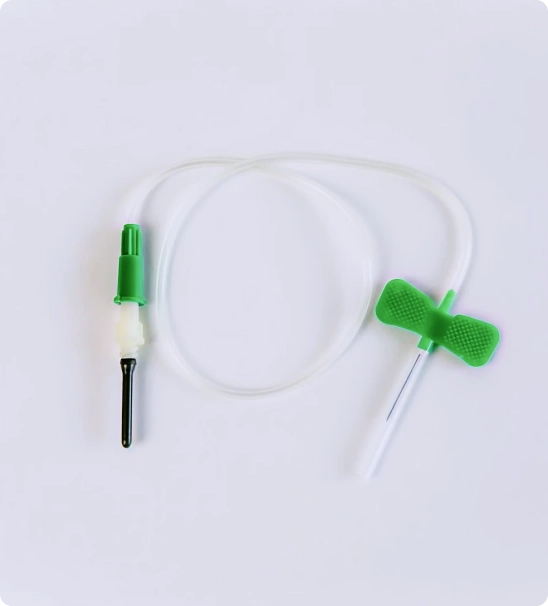
What Affects Your Results and Healing Time After PRP Facial Rejuvenation?
Platelet rich plasma therapy doesn’t need a long downtime period however, it can still take about 3 to 4 weeks for the side effects to fully subside before noticing initial results. Some people may see improvements in their complexion in just a few days from the injections but it can take up to 6 weeks to see the full effects of PRP. Here are some of the factors that can influence the onset of PRP results:
Type of Skin Concern
The healing process usually takes weeks to months, but it can vary depending on the type of skin problem that is being treated. For example, you may need to wait anywhere from 6 to 8 weeks for PRP injections to lighten your patches of pigmentation. Meanwhile, treating acne scars can take about 3 to 4 weeks before they completely fade. Although it can take a while, you can expect to see positive results as long as you follow your PRP treatment plan.
Rate of Regeneration and Collagen Production
The healing process also differs among patients since the rate of tissue regeneration and collagen production isn’t the same for everyone. Older individuals may have slower regenerative abilities compared to younger patients, which is why they may need to wait longer before they can see the best results from PRP.
Why PRP Treatments are Becoming So Popular
Safety, convenience, and effectiveness are some of the primary reasons why PRP treatments are becoming one of the most in-demand skin rejuvenation services. It also offers versatility and can be combined with other treatments such as microneedling or dermal filler injections for a procedure called PRP facelift.
Here are some of the common skin concerns that a PRP facial can help treat:
- Wrinkles and fine lines
- Uneven skin tone
- Rough skin texture
- Loss of skin elasticity
- Hyperpigmentation
- Acne scars
- Stretch marks
- Dark circles and bags under the eyes
PRP can also be used for non-surgical hair restoration in people with androgenic alopecia. The injections can help nourish the hair follicles which can promote healthier hair growth. As a result, it can slow down the progression of hair loss and improve overall hair texture, volume, and appearance.
Buy High-Quality and Other Supplies for Facial Rejuvenation at FACE Med Store
Facial swelling is normal after any cosmetic procedure, including platelet rich plasma injections. However, they’re mostly temporary and once it resolves, patients will be able to see the improvements in their skin appearance. A big part of ensuring a safe and successful PRP treatment with minimal side effects is using the right injection tools.
At FACE Med Store, we offer a wide range of medical-grade tools and cosmetic supplies for aesthetic treatments. We’re committed to providing affordable products to our clients so you don’t have to worry about your expenses and budget. Call us today to inquire about our stocks and learn more about how we can help you with your practice.
